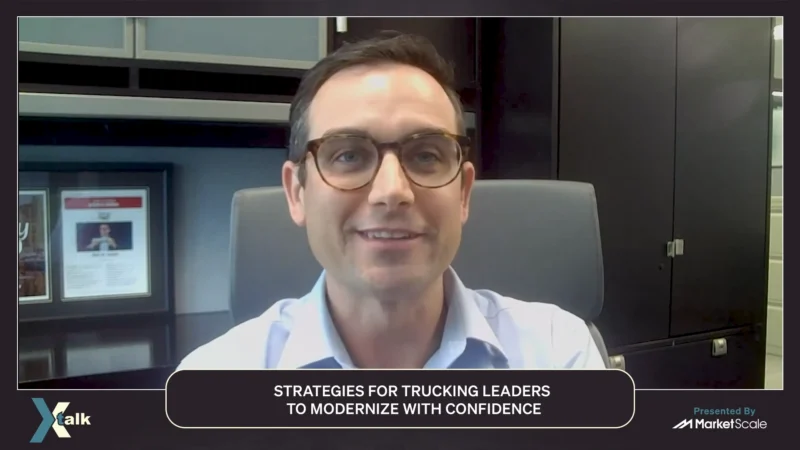How to Successfully Transition to EV Fleets
The importance of reducing greenhouse gas emissions continues to make headline news. One of the easiest ways to do this is by transitioning traditional vehicles to all-electric vehicles and one industry that has the ability to make a significant impact in a short period of time is commercial transportation vehicles that operate on diesel fuel.
Tyler Kern, podcast host of Resources for the Road, sat down with Esther M. Santos, Director of North America Sales at Xos, Inc., to discuss the EV solutions available to those who manage diesel-fueled transportation fleets.
Since 2018, Xos trucks have been providing “OEM class 5 through Class 8 battery electric vehicles. We design and build the vehicles. We also design and build our power trains. We do charging infrastructure and fleet management” with a focus on trucks that complete 200 miles or less per/day, said Santos.
She also highlighted that Xos is “one of the few battery-electric commercial OEMs with vehicles on the road right now.”
Xos clients include Lumis, Unifirst, Southern Glacier’s Wine and Spirits, and FedEx ground operators, “We are truly obsessed with making fleets more efficient for our customers. We believe we’re helping transform a segment of the transportation industry that’s actually going to have the biggest impact in reducing greenhouse emissions,” stated Santos.
However, the impact of EVs goes beyond fleets and includes regular cars despite the common misconception that EVs are too expensive or don’t apply to the current environment. There are many initiatives working to make everyone go electric by 2030. It’s not a matter of if it’s going to happen but when.
Thinking about transitioning a diesel fleet to electric should be something that people are talk about today, not two or five years from now. This applies to every fleet-operated business whether they have five, fifty or hundreds of vehicles as part of their operational landscape.




